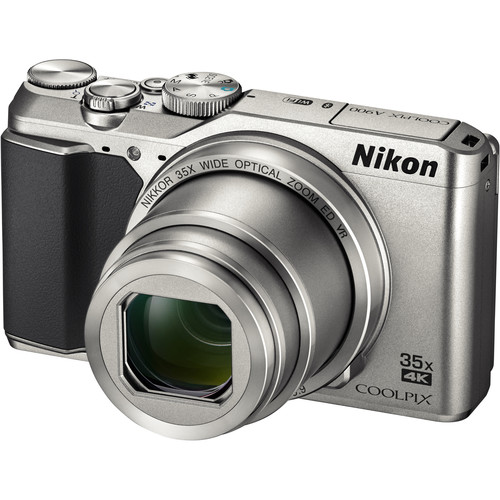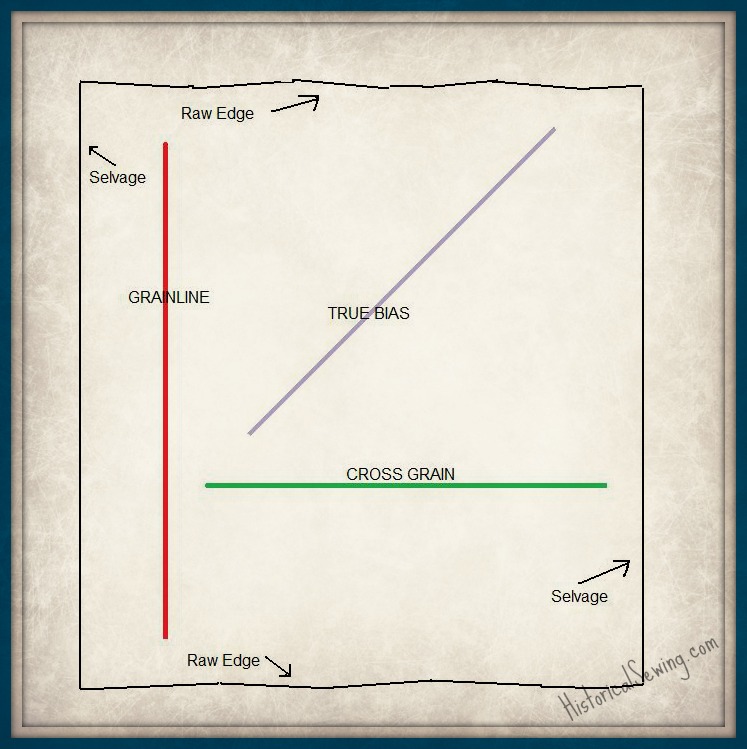How to Fix Fabric Grain
Life has been super busy lately but thankfully it should slow down by next week. I am finding that time management is a bit of a laugh. I for one refuse to give up sleep just so I can get everything done on my list that there needs to be done. Sometimes something has to give and lately for me that has been blogging and church the last couple of Sundays. Sunday has been my only day off and so it has turned into the day for grocery shopping, laundry and all of that other fun stuff as well as quilting customer quilts.
Last weekend I was working at the Creative Sewing Show in the Cloth Castle booth here in Victoria BC.It was a lot of fun talking to people and doing demonstrations on the Handi Quilter Avante and Simply Sixteen long arm quilting machines. I even had at least one award winning quilter come by and teach me some things which was awesome. The days were long though and my body was complaining a lot by the time I finished my shift Saturday night. No other work got done that day.
The weather here in Victoria is still very winter like, usually the cherry trees are in blossom and there is starting to get some warmth to the sun. Not this year. The picture below shows the difference from our winter last year to what it has been like this year.

Last time I blogged I talked about people not knowing about the straight of grain on fabric. Since that blog post this subject has come up a few more times as well I just recently saw a YouTube video on this very subject.
It seems that something that was taught beginning sewing classes isn’t being taught anymore so there is a whole generation of new sewers out there that don’t know how to find the straight of grain or how to get a piece of fabric back on grain should it go off when pre-washing their fabric.
Maybe quilters don’t think they need to know this stuff or that straight of grain only applies to garment sewists. Well to a certain point that may be true, however that said there are certain quilt patterns that are much easier to create if the fabric is on grain. Understanding and using the different grains helps your piecing go smoother and your finished quilts hang or lay flatter.

The Selvage is the tightly woven end of the fabric. Do not use this in your quilts top piecing or backing. Just cut it off. In fact, when you hear the term ‘usable width of fabric’ that means the width of your fabric minus its selvages.
Lengthwise Grain
The lengthwise grain has the least amount of stretch and it runs parallel to the selvage of your fabric. You can minimize sagging in your quilts by cutting your fabric in ways that take advantage of the stability of lengthwise grain. For the backing cut it out on the lengthwise grain to run from top to bottom on your quilt if you are intending to hang the quilt.
To help prevent borders from sagging you can cut the long left and right borders of your quilt on the lengthwise grain and cut the top and bottom borders on the crosswise grain. The same idea applies to sashing strips and hanging sleeves that are used on your quilts.
Crosswise Grain
The crosswise grain has more stretch than lengthwise but less than the bias. It runs perpendicular to the selvage. Most quilt patterns instruct you to cut cross grain strips and then sub-cut them into patches.
Bias
True bias is the grain that runs through your fabric at a 45 degree angle from the selvage and has the most stretch of any grain. If you are using a curved outside edge on your quilt you will want to use a bias binding as apposed to a crosswise grain bias as you will need to be able to stretch the binding around the curves.
Using Fabric Grain in Your Quilts
Ideally, all of the outside edges of a quilt block are on the straight of grain, either a lengthwise or crosswise grain line. This prevents distortion during piecing and pressing, helping to keep the block square.
To keep those bias edges inside the block, certain piecing “units” are cut very specifically.
Cut a square once, diagonally from corner to corner to get units for half square triangles and/or setting triangles. The bias remains on the inside.
Cut a square twice diagonally from corner to corner to get units for quarter square triangles and/or setting triangles. Again, the bias edge will remain on the inside of the block.
How to check your fabric’s grain
You can check to see if your fabric is on-grain by establishing a straight line across, from selvage to selvage, then folding the fabric to see if it squares-up.
To do this, lay out your fabric panel right side up and flat on your work surface.
Near the top cut edge and starting at one side of the selvage, find one thread that goes all the way across (cross-ways). Start pulling it.

Fixing off Grain Fabric
There are two ways to fix off grain fabric. One is to fold your fabric in half (selvages together) so your cut edges are aligned. Pin along the cut line and pin the selvages together and then iron your fabric until flat.
The second way is to stretch the fabric. Fold your fabric in half (selvages together). When your grain is off, you’ll see that one of your corners is short. Hold the short corner with one hand and with the other hand, grasp the opposite corner. Gently stretch the fabric on the diagonal.

Well that is a brief description of grain and how to fix it. Hopefully this has helped some people.

Click here to receive the free Inspiration Journal pattern and sign up for the newsletter





